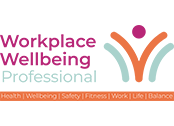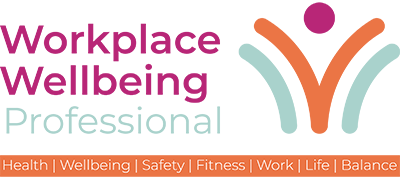Timesheets, a staple of the working world for millions, are a huge source of stress for 37% of employees. Furthermore, more than half (52%) of UK employees see the practice as a form of distrust towards employees, despite the benefits being clear. That’s according to new research from SD Worx, the leading European HR solutions provider.
To probe business trends and challenges SD Worx surveyed 5,000 businesses and 18,000 employees in 18 countries across Europe, including the UK, France, Germany, Italy, Spain and Belgium.
The research finds that the UK is the third most stressed workforce when it comes to time tracking, closely behind Ireland (39%) and Romania (38%) – with the stress likely caused by outdated tracking methods or many viewing the task as an ‘on top of’ activity to the rest of their work. That’s despite time tracking being a weekly fixture for just 45% for UK firms compared to a European average of 57%,
However, despite the complaints, 53% of UK employees admitted that time tracking does provide crucial insight for productivity and performance and 48% said it had a part to play in helping to maintain work-life balance. 60% also agreed that time tracking helps with planning and organising workloads.
Traditional Time Sheet or Time for Automation?
The findings raise one central question: ‘how can businesses reengage the workforce when it comes to the benefits of timesheets?’
The findings come at a critical time as employers are increasingly leaning into tech advancement to get a better grasp of employee productivity and resource allocation. Employees want to take action at the click of a button, and there’s a clear need for intelligent data insights to inform decision making and process outcomes in a world of ever-evolving employee and customer expectations.
Laura Miller, UK People Country Leader at SD Worx believes that time tracking is vital in doing business for many companies, so it shouldn’t be – or be viewed as – a chore. Time is valuable in all respects, so businesses need to embrace tech advancements and systems and select solutions that meet both business and employee demands. Laura comments:
As part of tech upskilling schemes we must see huge education around how modernised time tracking is of benefit to the employee. People are people and we always ask: “what’s in it for me?” It must be clearly signalled to employees how and why time tracking plays a part in work-life balance, performance and how that feeds into personal career trajectories. Employees must feel like they have power in their own hands, and that they’re not just completing a tick box activity for an employer.
Laura Miller, UK People Country Leader at SD Worx
Joanne is the editor for Workplace Wellbeing Professional and has a keen interest in promoting the safety and wellbeing of the global workforce. After earning a bachelor's degree in English literature and media studies, she taught English in China and Vietnam for two years. Before joining Work Well Pro, Joanne worked as a marketing coordinator for luxury property, where her responsibilities included blog writing, photography, and video creation.



